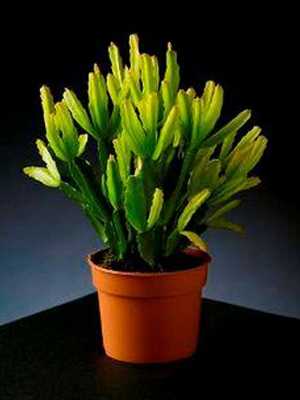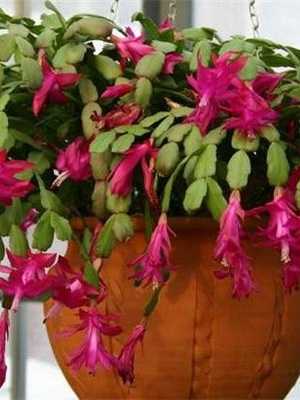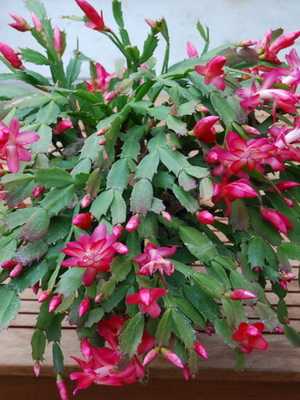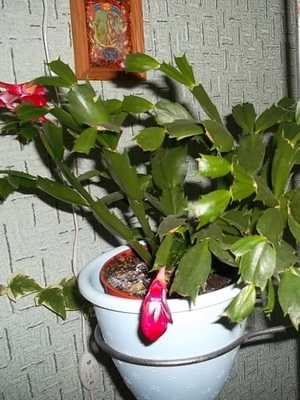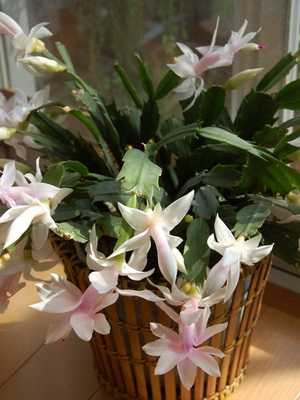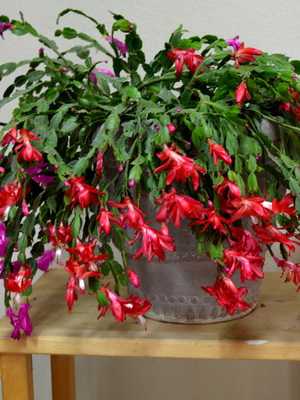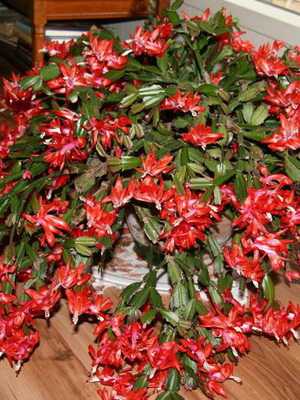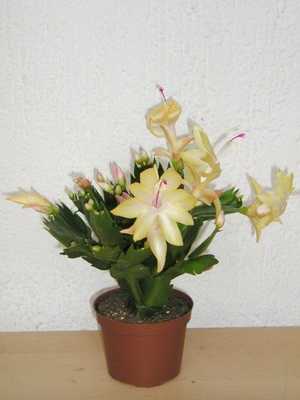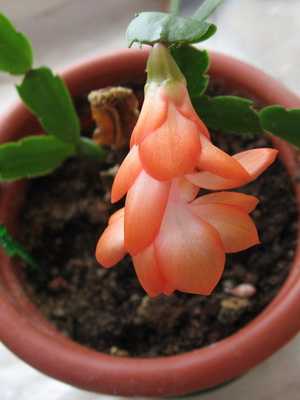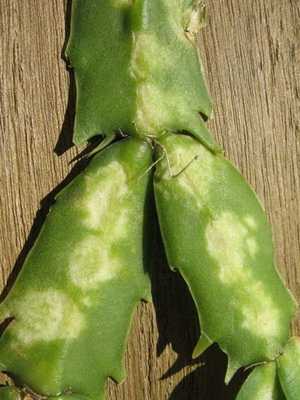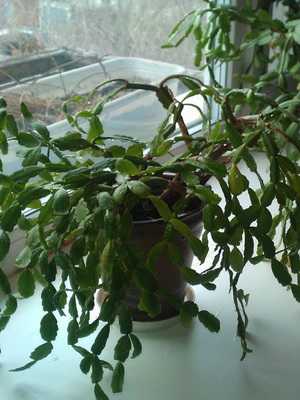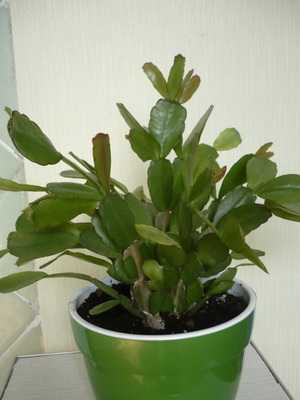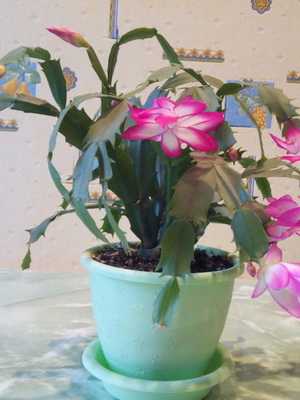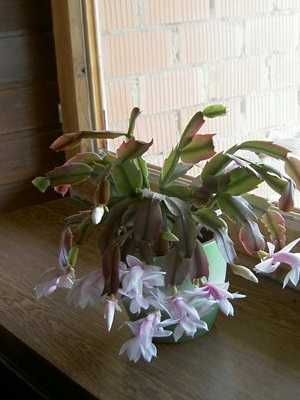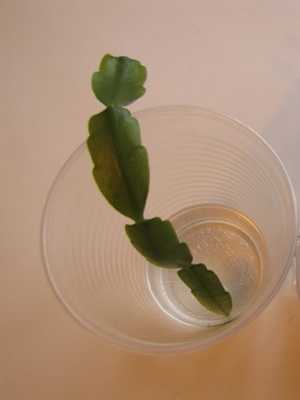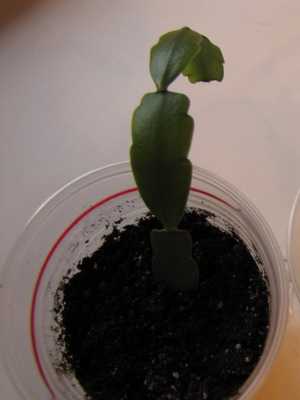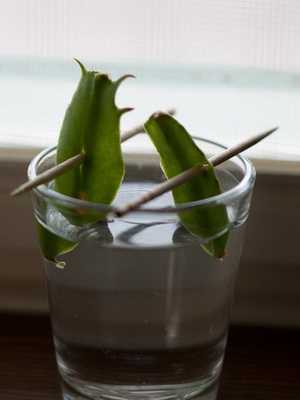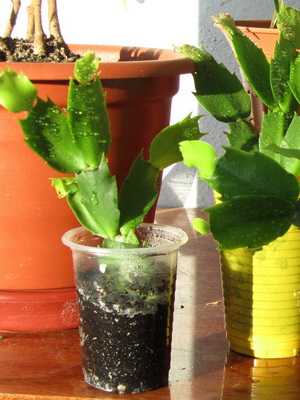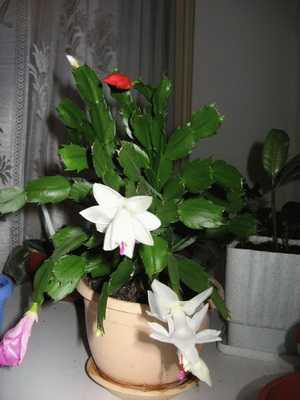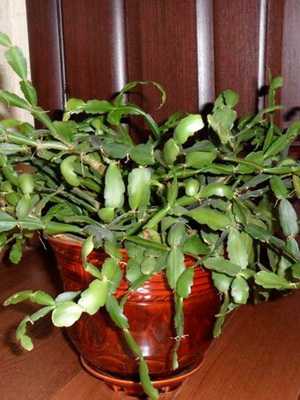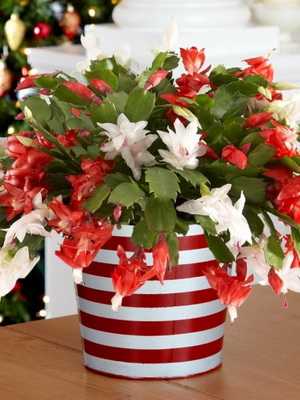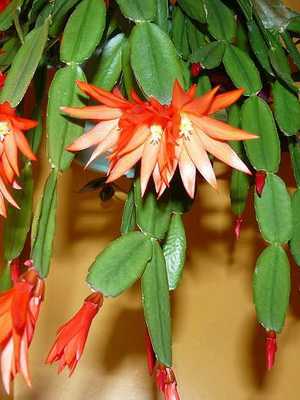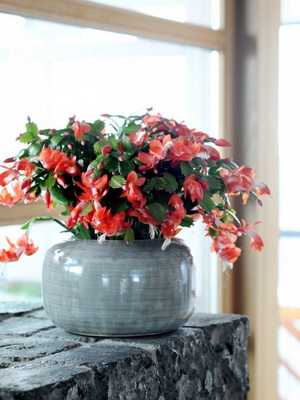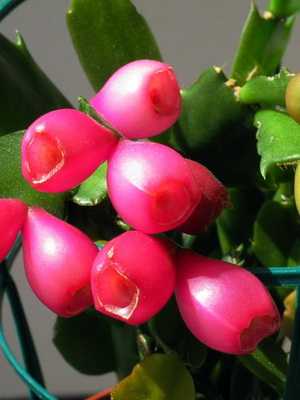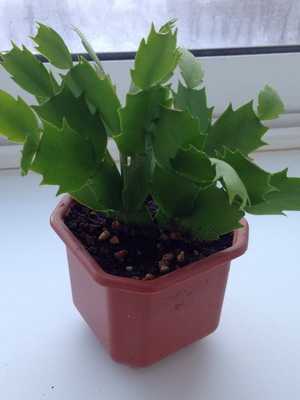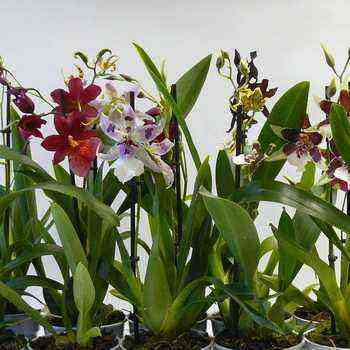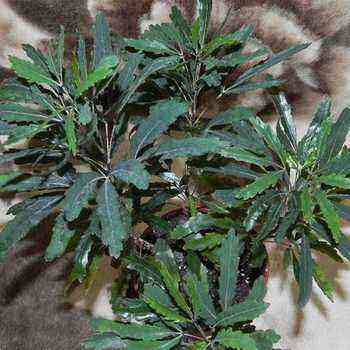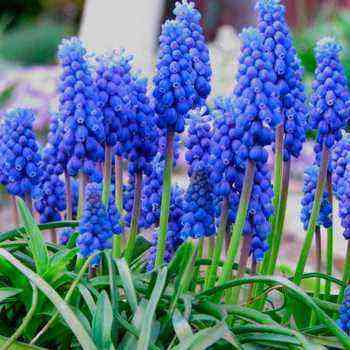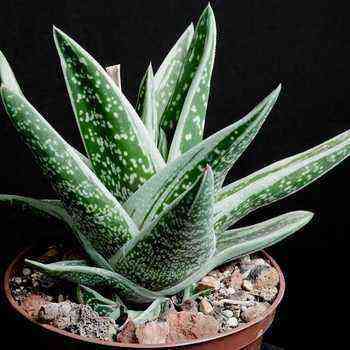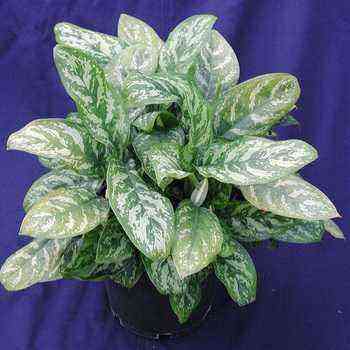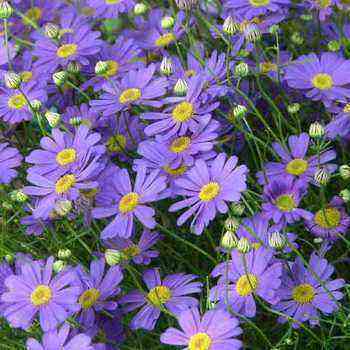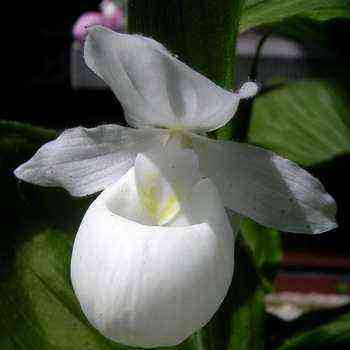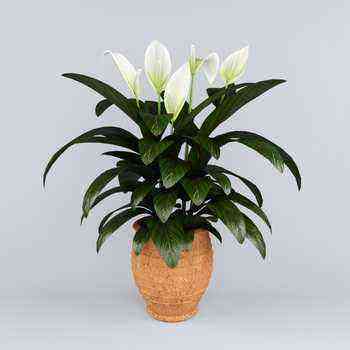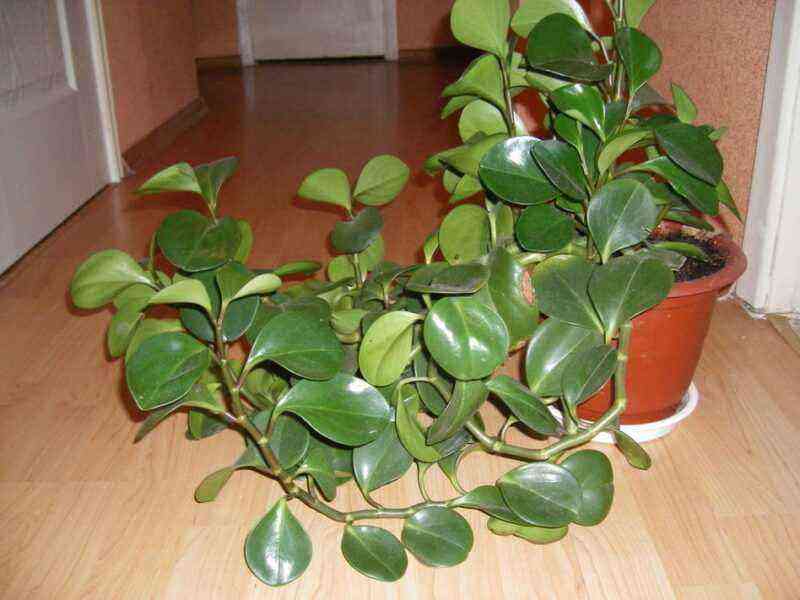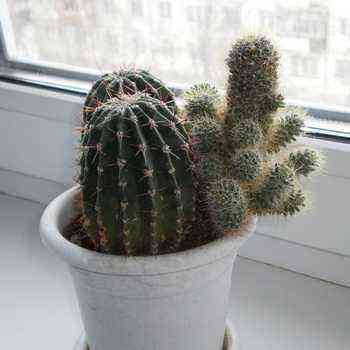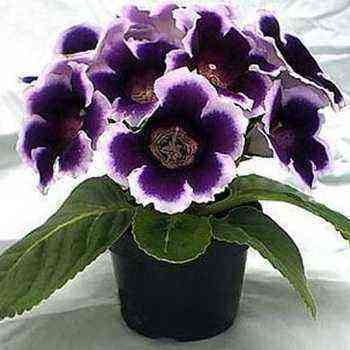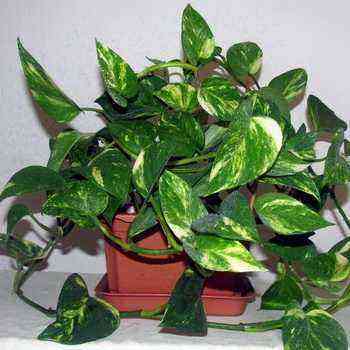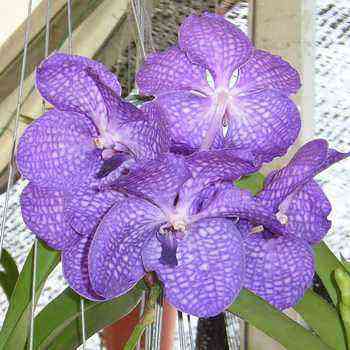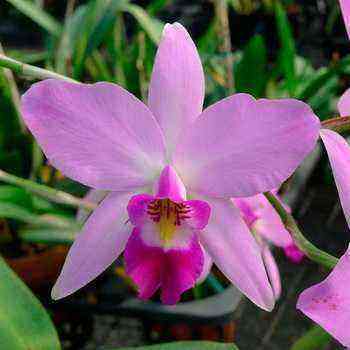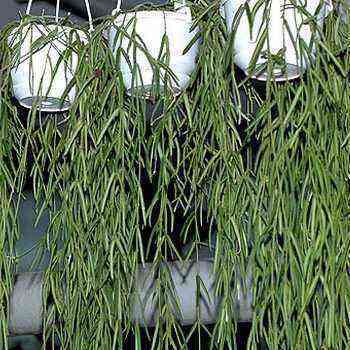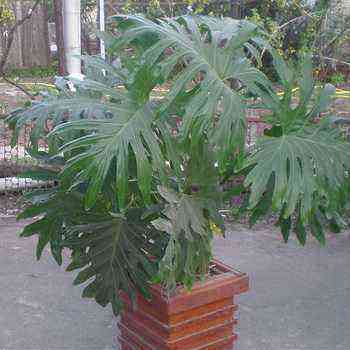
Types of indoor flower Schlumberger (Decembrist)
Indoor flower Schlumberger (Schlumbergerа) Is a small genus of cacti originating from the tropical forests of Brazil, represented primarily by the well-known Decembrists in our country.
These epiphytic plants are widespread in culture, probably, more widely than echinopsis. But, in contrast to the latter, there is absolutely nothing cactus in their appearance: the absence of thorns (there are only weak bristles), a stem consisting of leaf-shaped plates, numerous large flowers, somewhat reminiscent of fuchsia flowers – so they are usually not recognized as cacti. The correct generic name for these cacti is Schlumberger, although you can often find an outdated one – zygocactus.
Due to the unusual flowering period – at the beginning of winter – we call them the Decembrists, in other countries – Christmas cacti. Note that in our conditions, it is the Decembrist, that is, the flower of December, that is the most widespread in the culture of the hybrid Schlumberger bouclei (Schlumbergera x bucklei). Natural species – Schlumberger trunkat normally blooms earlier – at the end of October – November.
The most familiar to us is the Schlumberger (Decembrist) hybrid flower with boucle. It has small, light green segments with rounded projections at the edges. The flowers are lilac-pink, almost radially symmetrical. Another species common in culture – Schlumberger trunkat – is distinguished by jagged protrusions along the edges of the segments.
As you can see in the photo, this Schlumberger cactus has bilaterally symmetrical flowers with a pronounced beveled flower tube:
In nature, there are several dozen color options for flowers, and breeders have added many more varieties in recent years. So in the Schlumberger (Decembrist) trunkat plant, you can see a variety of flowers – from white to purple. An amazing rarity is the variegated form of this species.
Why do the buds of Schlumberger fall and what to do if the Decembrist plant does not bloom?
Although the Schlumberger people are undemanding in culture, there are still problems with them. Main: falling off of segments and buds, as well as lack of flowering. Why do Schlumberger’s buds and segments fall off even with good care? The main reasons are red tick infection and root death. Sometimes it is believed that the segments and buds crumble from lack of moisture, and they begin to water such a plant abundantly. This is not true. Even with strong drying, the Decembrist will rather wither than start dropping segments. Therefore, with abundant falling of segments, they must be carefully examined: if the base is yellowish, with small rusty specks, the mite is harmful! He himself can be seen, especially through a magnifying glass. With severe infestation, these tiny pests on the surface of the plant are numerous. If neither a tick nor traces of its activity are found, check how firmly the plant holds in the ground. Swinging means something is wrong with the roots. The best solution is to have an emergency transplant.
Look at the photo – in Schlumberger (Decembrists), like most other epiphytic cacti, the root system is very weak:
Therefore, the roots easily rot or die off in case of any deviations in the regime (hypothermia or overheating; drying out; flooding; souring of the substrate; burn with concentrated fertilizer; pest damage). If during transplanting it is clear that the roots are unhealthy, the root system must be cleaned of soil and dead roots, rinsed with hot water, dried and planted again in a fresh mixture. The first time after this, the plant is watered carefully, often sprayed and kept in a humid atmosphere (in a greenhouse or under a plastic cap). If the roots are healthy, then during the care and reproduction of Schlumberger, the usual transplant will benefit the plant. This procedure is well combined with the formation of the crown.
The fall of segments and buds can also be caused by stress due to a sharp change in the conditions of detention (for example, if a plant that has stood in the shade for a long time is immediately exposed to the open sun). Physiological disorders associated with a lack of any elements can also lead to shedding of segments and buds. Finally, the Decembrists rarely, but there are diseases caused by microorganisms. They appear in various spots or drying out of young shoots, due to which the affected segments also fall off. When caring for a Schlumberger cactus, it should be borne in mind that a small number of segments fall off even in healthy, normally developing plants – as a result of the natural formation of the crown. Falling off of some of the buds can also be normal if too many buds have formed and the plant simply cannot produce so many flowers. Violation of the optimal care regimen during the flowering period – too low temperature, insufficient watering, rearrangement of the plant – can also lead to the loss of some of the buds, including large and completely colored ones. It happens that the buds on the Decembrist (more often on varietal specimens of Schlumberger Trunkata) appear again in the spring. The fall of such “untimely” buds is obviously normal.
Why doesn’t Schlumberger bloom at all or gives very few flowers? It means that something is wrong in the conditions of detention. The main possible causes are lack of nutrients and light. If the plant has not been transplanted for many years (or is not watered often enough), if it stands somewhere in a dark corner, where natural light does not reach at all, then you cannot count on flowering. Other reasons may be lack of any nutrients or pests. Correct cultivation, periodic watering, root and foliar feeding with complex fertilizers, preventive treatment with fungicides guarantee normal growth and flowering of the Decembrist. Another condition that favors flowering is a short dormant period in late summer (August-September) with a reduction in watering. The level of watering is resumed when conical buds become visible at the ends of the segments.
Schlumberger care and propagation at home by cuttings
Growing conditions for these plants are the exact opposite of the culture of “real” cacti, they coincide with the growing conditions for most common indoor plants.
When caring for Schlumberger at home, a flower needs loose nutritious soil, spacious shallow dishes, abundant watering, regular feeding (root and stem), spraying and washing, moderate (room) temperature almost all year round, moderate sunlight (direct sun is undesirable). Since it is very simple to provide such conditions in the house, the Decembrists became so widespread.
Reproduction of Schlumberger is carried out by cuttings (preferably from 2-3 segments), which are easily rooted at any time of the year in any wet substrate. To do this, the segments are separated at the very base (the cut site remains very narrow and heals easily), cutting off with a sharp instrument, breaking off or rotating around the longitudinal axis, but without tearing off the market! After a short drying, the cutting is placed without deepening, not the substrate and placed in a humid atmosphere (for example, under a jar).
Decembrist cuttings can even root in water. Rooted cuttings are planted in a loose nutritious substrate. Decembrists of these species grow rapidly and often bloom in very small bushes from several segments. These young plants are especially decorative because of the contrast between the small stem and the relatively large flower.
With age, even with good care and proper reproduction, Schlumberger plants at home can lose their visual attractiveness due to corking of the trunk and main branches, combined with weak branching. Schlumberger Trunkata is more light-loving, and therefore, in conditions of one-sided illumination, its bushes often tilt to one side. The latter can be easily avoided by occasionally (but not the budding period!) Turning the pot with the other side to the light. When caring for a Schlumberger cactus, the density and decorativeness of the crown must be regulated by forming plants.
It is recommended to constantly shorten non-branching shoots. In general, frequent pruning of Schlumberger bushes promotes the formation of young shoots and more abundant flowering (since the buds usually appear on young segments).
During the flowering period, the Decembrists are very elegant, but this beauty lasts only about a month. If you pollinate the flowers of two Schlumberger, fruits will be tied, which will decorate the bushes for more than a year.
The Decembrist with bright pink fruits is somewhat reminiscent of a decorated Christmas tree. These plants look unusual in bloom simultaneously with the fruits of the previous flowering.
Here you can see a photo of caring for Schlumberger at home:
